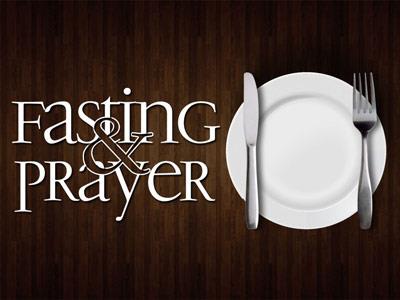-
John's Message Is Continuous
Contributed by Ronald Harbaugh on Dec 6, 2008 (message contributor)
Summary: A sermon for the 2nd Sunday in Advent, Series B
2nd Sunday in Advent, December 7, 2008 “Series B”
Grace be unto you and peace, from God our Father and from our Lord, Jesus Christ. Amen.
Let us pray: Dear Heavenly Father, during this season of Advent, as we begin to celebrate anew the good news of your saving grace in Jesus the Christ, open our hearts by the power of your Holy Spirit to your Word. Help us to hear with new ears what the Scriptures proclaim, and empower us to respond with renewed faith in your gift of redemption. This we ask in Christ’s holy name. Amen.
Advent, being the first season of the Church’s liturgical calendar, we begin anew to tell the Good News of God’s redemption in Jesus the Christ. This year, our lessons will be from “Series B”, which features the Gospel of Mark. Now Mark’s Gospel is considered, by most Biblical scholars, to be the first of the canonized stories of the life of Christ to be written. It also has the distinction of being the shortest.
As a result, Mark doesn’t waist any time getting to the heart of his message. Mark doesn’t begin with stories of our Lord’s ancestry, or painting for us a description of our Lord’s birth, or even trying to describe the significance of our Lord’s incarnation. Mark simply opens his Gospel with the words, “The beginning of the good news of Jesus Christ, the Son of God.” In his opening sentence, he tells us that God has come among us to bring to fruition God’s promised redemption, his new covenant.
Mark then quotes from the prophet Isaiah, reminding his readers that God promised to send a messenger to prepare the way of the Lord, a voice of one crying out in the wilderness. And in just the fourth verse of his Gospel, in strides John the Baptizer, who, to our modern senses, appears to be some sort of pietistic weirdo.
Just picture the scene. Out along the Jordan River, in the midst of the barren Judean Mountains, stands this figure with his hair probably longer than mine, a beard that hasn’t been combed or brushed in days, dressed in animal skins, and eating locusts dipped in wild honey. And as he walked up and down the river, he shouted out in his gruff voice, Repent!, until the crowds gathered, and he began to preach.
According to Thomas Long, a Professor at Princeton Theological seminary, “The image that we have of John the Baptizer is shocking to us, because of its weirdness. And the image of John the Baptizer was shocking to the people who went out to hear him preach, but not for the same reason. The description of John the Baptizer is intended, not to excite the reader’s fascination with the bizarre, but to jolt them with a memory…
John is not an exotic; he is a living anachronism. His vestments are not outlandish; they are the clothing of the past… To be precise, John is dressed like the old prophet Elijah, no question about it, and the moment of his appearing is as sobering in its context as would be the arrival of Thomas Jefferson, waving a copy of the Declaration of Independence, in today’s Senate chamber.” End quote. [Shepherds and Bathrobes, CSS, 1987]
If I understand Dr. Long correctly, right from the beginning of his Gospel, Mark describes the role of John the Baptizer as one who stepped out of the pages of the Old Testament, into the pages of the New. His role was clearly defined by the history of a community striving to live in relationship with God. He was to prepare the way for God’s anointed, and the new kingdom God’s Son would establish. And the communal history of Israel saw the way of preparing for God’s new kingdom was through repentance.
Thus, according to Mark’s Gospel, the way to prepare for the coming of Jesus the Christ, the Son of God into our midst, and to enter into a new relationship with God, is to repent. But what does it mean to repent? Well, I’ve read many commentaries over the years on the significance of repentance, including several this past week. But I think that Pastor Blair is absolutely right. Sometimes you read something that just captures your attention, and needs to be preached.
And so, I would like to condense and summarize Dr. Long’s commentary.
Some people, for instance, think of repentance as something, which just naturally happens to us as we move through the journey of life. We travel along the road, our goals established, our values set, when out of
blue, we crash into a wall of some experience we can’t handle. A loved one dies, or we get rejected by the school of our choice, or we are laid off from work, or we have an illness that nearly takes our life. It happens in one form or another to everyone, and such experiences call for a changing of our goals, a reformation of our values, an alteration of the way we make decisions. And of course, this is a form of repentance.

 Sermon Central
Sermon Central



